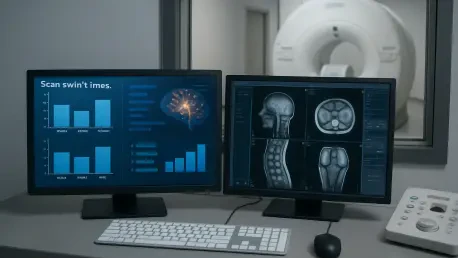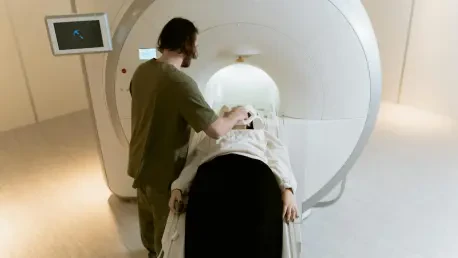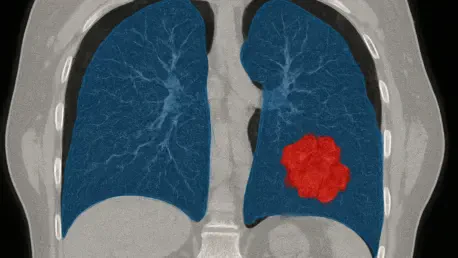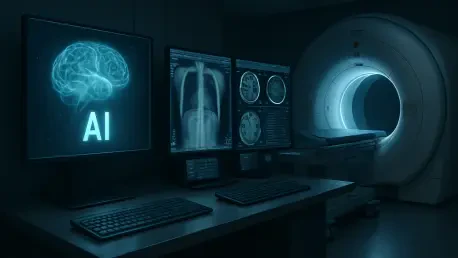
In the ever-evolving landscape of healthcare, the pressure on diagnostic imaging services continues to mount as patient demand surges across the United Kingdom, and at University Hospitals of North Midlands NHS Trust (UHNM), a groundbreaking approach has emerged to tackle this challenge head-on.

Imagine a scenario where diagnosing lung conditions no longer involves exposing patients to harmful radiation or navigating cumbersome, multi-step procedures—a reality that seemed distant until now, but 4DMedical’s recently FDA-cleared CT:VQ software is turning this vision into a tangible

In a shocking turn of events on August 27, a serious safety incident at AZ Sint-Blasius Hospital in Dendermonde, East Flanders, Belgium, left eight patients ill after undergoing computed tomography (CT) scans, raising urgent concerns about medical safety protocols and the integrity of critical

Imagine a scenario where the painstaking process of identifying lung cancer tumors in CT scans is transformed into a swift, precise, and automated task, dramatically improving treatment outcomes. A groundbreaking study recently published in BMC Cancer unveils D-S-Net, an advanced deep learning

In the heart of Harare, Zimbabwe, a dramatic clash between corporate interests and healthcare delivery unfolded at The Avenues Clinic, one of the country’s largest private hospitals. A long-standing medical imaging provider, Baines Imaging Group (BIG), faced an abrupt and forceful eviction from the

Artificial intelligence (AI) is rapidly reshaping the landscape of radiology, bringing transformative changes to diagnostic imaging and the professionals who drive this critical field of medicine, while enhancing patient care and streamlining complex workflows. With the power to improve diagnostic